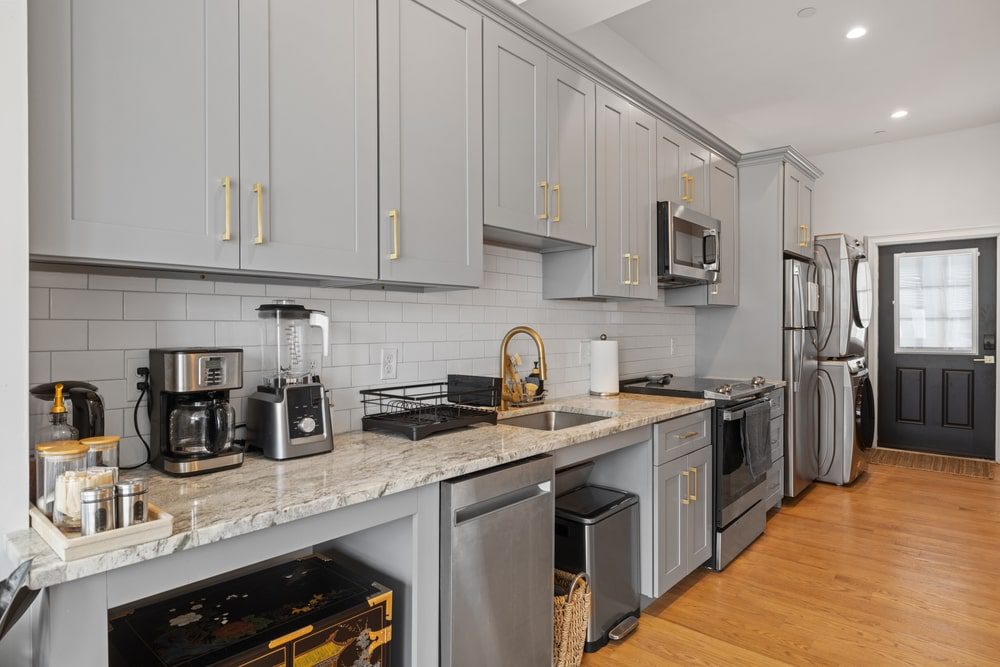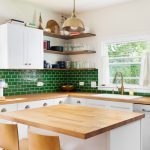How to Reface Kitchen Cabinets | A Complete Guide
Learning how to reface kitchen cabinets is one of the most efficient and cost-effective ways to breathe new life into your kitchen without a full remodel. Cabinet refacing gives your space a stunning transformation, increasing both style and value while keeping disruption minimal. This guide covers everything you need to know—step-by-step process, materials, budgeting, maintenance, and insider advice from the home renovation experts at Unique Kitchen and Baths.
Contents
- 1 What Does It Mean to Reface Kitchen Cabinets?
- 2 Step-by-Step Guide on How to Reface Kitchen Cabinets
- 3 Choosing the Right Materials for Your Cabinet Refacing Project
- 4 Budgeting for Your Cabinet Refacing Project
- 5 DIY vs. Professional Refacing – Which Is Right for You?
- 6 Maintenance and Care After Refacing
- 7 Trending Styles and Popular Colors in Cabinet Refacing
- 8 Environmental Benefits of Cabinet Refacing
- 9 FAQ
- 10 Conclusion
What Does It Mean to Reface Kitchen Cabinets?
Before exploring how to reface kitchen cabinets, it’s important to understand what cabinet refacing actually involves and why it’s such a popular choice.
Cabinet refacing means replacing the visible surfaces of your kitchen cabinets—like doors, drawer fronts, and sometimes side panels—while keeping the original cabinet boxes intact. The process can deliver a like-new look for a fraction of the cost and time of a full cabinet replacement. Homeowners love this method because it’s less invasive, offers plenty of style options, and can often be completed in just a few days.
Key Benefits of Refacing Over Replacing
One main reason people search for how to reface kitchen cabinets is the cost savings. Refacing is significantly less expensive than installing new cabinetry. There’s also less mess, minimal downtime, and less waste headed to the landfill.
When Is Refacing the Right Choice?
Refacing is perfect if your cabinet boxes are sturdy and the kitchen layout works for you. It’s ideal when you want a style refresh, modern features, or a color change without the commitment and cost of a full kitchen remodel.
Step-by-Step Guide on How to Reface Kitchen Cabinets
If you want to know how to reface kitchen cabinets, following a detailed process is crucial for achieving professional results.
The process typically starts with removing all cabinet doors, drawer fronts, and hardware. Next, the exposed cabinet frames are cleaned, sanded, and prepared for new materials. New veneer or laminate is applied to the boxes, while new doors and drawer fronts—often made from real wood or high-quality MDF—are installed. The final touches include new hinges, pulls, and knobs.
Tools and Materials You’ll Need
Anyone interested in how to reface kitchen cabinets should gather essential tools like screwdrivers, a drill, adhesive, a utility knife, clamps, and measuring tape. Quality veneers, replacement doors, and upgraded hardware are key for a long-lasting transformation.
Common Mistakes to Avoid
It’s easy to make errors during cabinet refacing if you skip prep steps or rush the installation. Always thoroughly clean surfaces, measure precisely, and allow proper drying time for adhesives.
Choosing the Right Materials for Your Cabinet Refacing Project
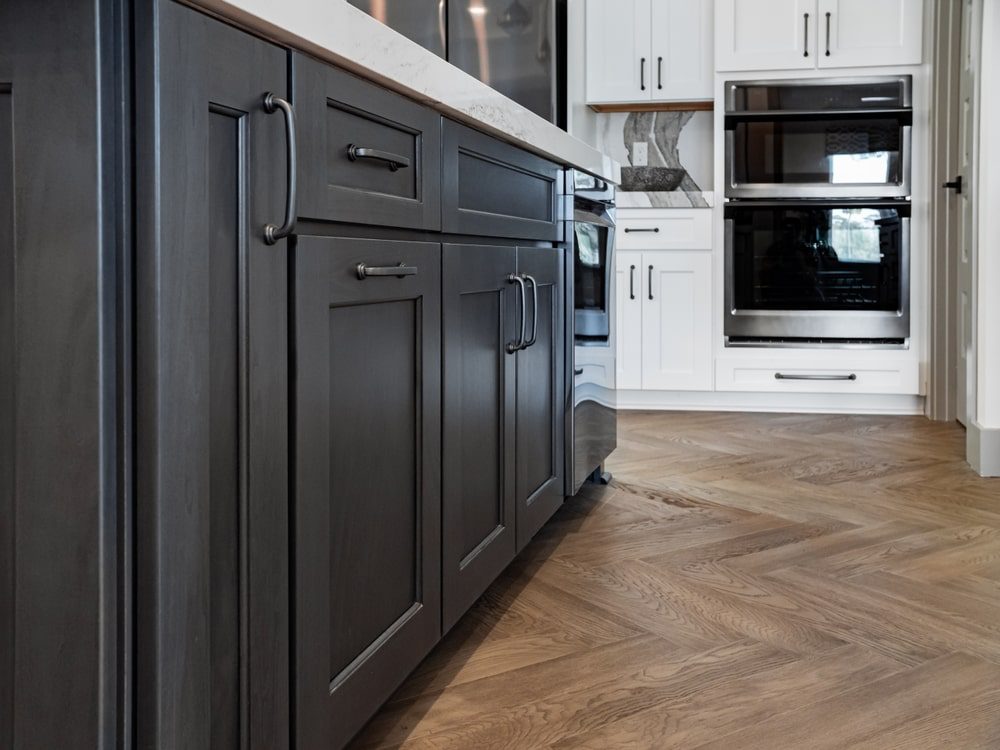
Material selection is an important part of mastering how to reface kitchen cabinets and ensuring your kitchen stays beautiful for years to come.
There’s a wide variety of options for veneers, doors, and drawer fronts. Wood veneers provide a classic, warm look; laminates are durable and offer countless color choices; and thermofoil doors are budget-friendly and easy to clean. Your choice should reflect your style, budget, and how much wear your kitchen gets.
Comparing Veneer and Laminate Options
Those searching for how to reface kitchen cabinets should know that veneer gives a high-end finish, but laminate and thermofoil resist stains and moisture better—great for busy kitchens.
Hardware and Accessory Upgrades
Modern handles, hinges, and soft-close drawers add a touch of luxury and make your kitchen more functional. Small upgrades like these can elevate the final look dramatically.
Budgeting for Your Cabinet Refacing Project
A key part of how to reface kitchen cabinets is budgeting realistically for the materials, labor (if hiring professionals), and unexpected surprises.
On average, refacing cabinets costs between 30% and 50% less than a full cabinet replacement. Prices depend on the materials you choose, the size of your kitchen, and whether you opt for custom features or new hardware.
Estimating Total Costs
To get an accurate estimate, measure your cabinets carefully, research the prices of materials, and consider getting quotes from local professionals. Don’t forget to factor in the cost of new knobs, hinges, and any specialty storage accessories.
Saving Money on Your Project
You can save money by doing some of the prep or finishing work yourself, choosing stock instead of custom doors, or opting for mid-range finishes. However, investing in durable materials ensures your refaced cabinets look great for many years.
DIY vs. Professional Refacing – Which Is Right for You?
When learning how to reface kitchen cabinets, it’s vital to assess whether you should DIY or hire an expert.
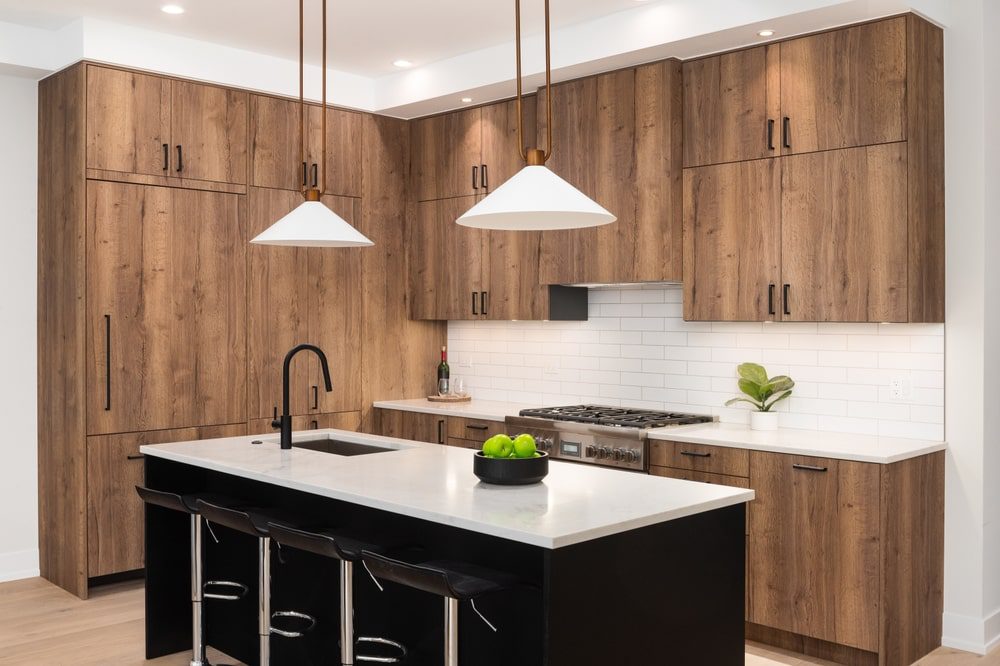
DIY refacing is possible if you have moderate handyman skills, patience, and the right tools. However, for flawless results—especially with premium veneers or complex layouts—hiring professionals is often the better choice. Experts ensure perfect alignment, no peeling, and a long-lasting, factory finish.
Pros and Cons of DIY Refacing
DIY is budget-friendly and rewarding, but mistakes can be costly and may impact your kitchen’s resale value. Weigh your skills and timeline before deciding.
The Advantages of Hiring Unique Kitchen and Baths
Professional installers like Unique Kitchen and Baths guarantee precision, efficiency, and access to high-quality materials. They can also handle larger projects, integrate custom solutions, and manage every step for a stress-free experience.
Maintenance and Care After Refacing
Knowing how to reface kitchen cabinets is just the start—maintaining them ensures long-term beauty and function.
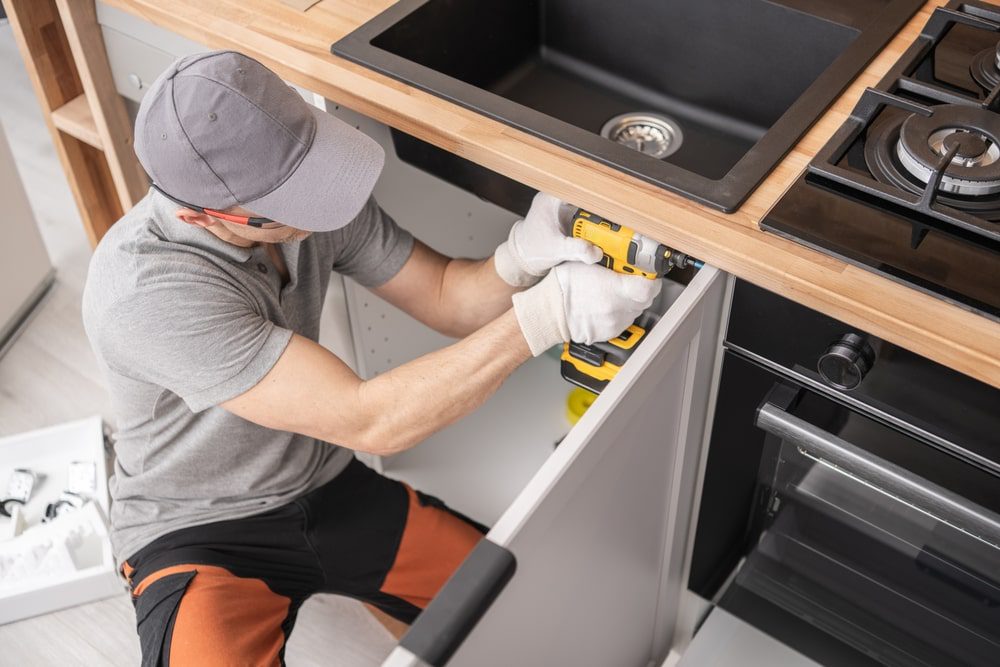
Keep your refaced cabinets clean by wiping them regularly with a soft, damp cloth and avoiding harsh chemicals. Fix minor scratches promptly with touch-up kits, and inspect hinges and hardware occasionally to keep everything working smoothly.
Cleaning Tips for Longevity
Stick to gentle cleaners and avoid excessive water. If you have wood veneers, use products designed for wood to preserve the finish.
When to Call for Repairs
If you notice peeling, warping, or loose hinges, don’t wait—quick repairs prevent further damage and protect your investment.
Trending Styles and Popular Colors in Cabinet Refacing
A big advantage of learning how to reface kitchen cabinets is the chance to update your kitchen with the latest styles and hues.
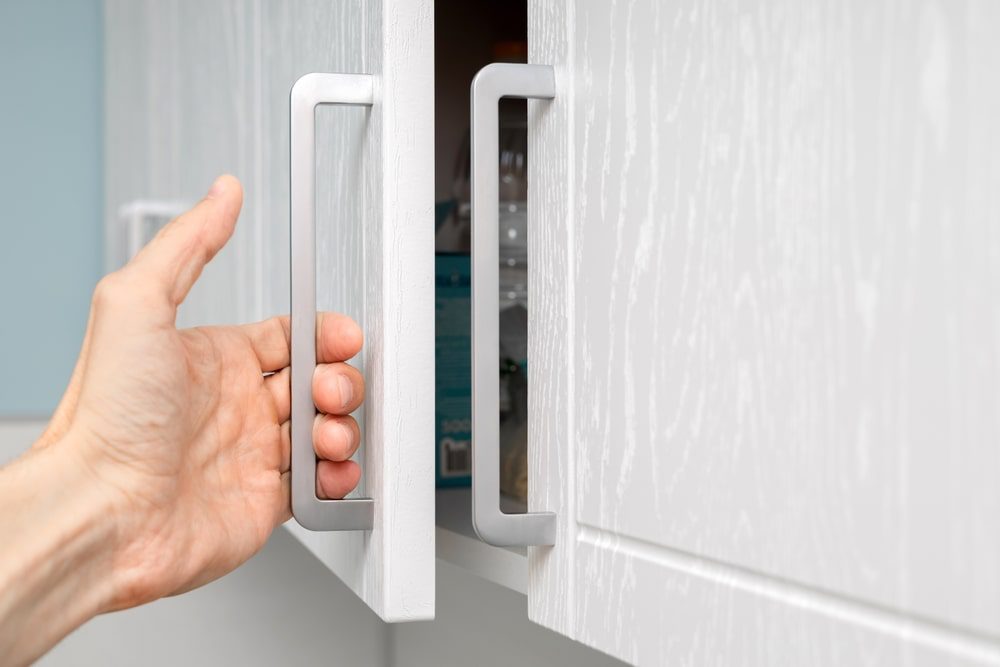
Shaker doors, flat panels, and modern hardware are trending choices for a contemporary look. Neutral palettes like soft grays, classic whites, and two-tone combos give timeless appeal, while bold navy or forest green accents add personality.
Classic vs. Modern Designs
Timeless designs such as Shaker or beadboard are always in style, while slab doors and sleek pulls create a minimalist vibe. Choose a look that matches your home and lifestyle.
The Impact of Finishing Touches
Unique hardware, under-cabinet lighting, and glass inserts can turn a simple refacing project into a designer showpiece—make these small upgrades for a big impression.
Environmental Benefits of Cabinet Refacing
Sustainability is a growing reason why people seek out how to reface kitchen cabinets instead of replacing them.
Refacing keeps your cabinet boxes in place, significantly reducing waste and the need for new resources. Fewer cabinets end up in landfills, and you conserve the energy required to manufacture, ship, and install brand-new units.
Eco-Friendly Material Options
Choose low-VOC adhesives, responsibly sourced woods, or recycled hardware for an even greener approach. These choices support both your home and the planet.
Reducing Your Home’s Renovation Footprint
Cabinet refacing is a cleaner, quieter, and more energy-efficient process. If sustainability matters to you, this is a smart, responsible upgrade.
FAQ
What is the main benefit of learning how to reface kitchen cabinets instead of replacing them?
Refacing saves money, reduces waste, and minimizes disruption while delivering a fresh, custom look for your kitchen.
How long does cabinet refacing take?
Most projects take just 2–5 days, depending on kitchen size and complexity.
Can I reface cabinets myself?
Yes, with the right tools and patience, but for best results—especially with high-end materials—consider professional help.
Will refacing cabinets increase my home’s value?
Absolutely! Well-refaced cabinets can boost both appeal and resale value.
What styles and finishes are available?
There’s a wide range—wood, laminate, bold colors, modern and traditional designs—something to fit every taste.
Conclusion
Learning how to reface kitchen cabinets empowers you to transform your kitchen affordably, sustainably, and beautifully. Whether you go DIY or call in the experts, the right refacing project can dramatically refresh your space and increase your home’s value. For a seamless, expert-driven experience with access to the latest materials and trends, trust Unique Kitchen and Baths for your next upgrade. Explore our kitchen remodeling service for more details and inspiration, and take the first step toward the kitchen of your dreams.
